The Megalodon is an extinct species of shark that lived during the Early Miocene period. This means they came about approximately 23 million years ago, and died off around 2 million years ago. Scientists believe it was the most fearsome predator to ever live. Scientists estimate this shark grew to lengths of 60 ft. or more! Read on to learn about the megalodon.
Description of the Megalodon
Because they never saw it in person, researchers can only speculate the overall appearance of this shark. Many of them estimate its appearance was similar to that of a great white shark. The most notable remains of this species are the unbelievably large teeth it left behind. Some Megalodon teeth are larger than an adult man’s palm. These teeth filled a massive pair of jaws, and fed an enormous body.
Interesting Facts About the Megalodon
Though we don’t know much about the day-to-day life of this shark, we do know that it was a remarkable predator. No one has teeth that size just for smiling! Learn what else made megalodons one-of-a-kind below.
- Meg of Many Names – Even though no human has ever seen a megalodon shark, that doesn’t mean it isn’t infamous! Across the world, people call megalodons by many names, including “big tooth shark,” “giant white shark,” “megatooth shark,” or just “Meg.”
- Toothsome Predator – Many researchers have found fossilized teeth belonging to this species – and they are remarkably large. In fact, from the point of the tooth diagonally to the top of the tooth, the largest specimen is 7.1 in long. Scientists call this measurement slant height.
- Long and Lurking – I mentioned the length of this shark earlier, but it’s definitely worth mentioning again. Researchers think megalodon could have been between 50 and 70 ft. long. To put that in perspective, that’s the same as 3 great whites, or 2 school busses!
- No “Great” Cousins – Even though it’s fun to believe megalodons were basically giant great white sharks, the two species are not closely related. Scientists think the megalodon was the end of a single line of evolution, which means it has no descendants or close relatives.
Habitat of the Megalodon
We don’t know exactly what habitats megalodons preferred, but we do know where scientists have found their teeth. Like many other shark species, the most frequent occurrence is in temperate and tropical waters.
In addition to the temperate and tropical seas, scientists can estimate the depths these sharks inhabited. Because adults were so large, they simply could not have lived in shallow coastal environments. Instead, they lived offshore, in the open ocean.
Distribution of the Megalodon
When they were prevalent, megalodons lived in oceans worldwide. They had a cosmopolitan distribution, which means that they lived across the globe in inhabitable areas.
The only restrictions were the frigid waters of the Arctic and Antarctic. Scientists do not know if they participated in migrations or other large movements, but believe their ranges changed as they grew larger.
Diet of the Megalodon
Scientists can only speculate about the diet of these creatures, as they have found no living tissue or fossilized stomach remains. However, they have found megalodon teeth near the remains of bitten whale bones.
Researchers guess that the shark’s prey must have been large enough to sustain such immense body size. This suggests that they ate large marine mammals, like whales. They could have also eaten other sharks, and large fish.
Megalodon and Human Interaction
Megalodons have never interacted with humans, though they hold a place as fictional creatures in movies and pop culture.
Domestication
Megalodons have never been domesticated.
Does the Megalodon Make a Good Pet
It would be quite literally impossible to own a megalodon as a pet. However, you are more than welcome to buy or find fossilized teeth. Smaller teeth are relatively inexpensive.
Megalodon Care
Even if megalodons were not extinct, they would be virtually impossible to keep in an aquarium. Simply because their adult size is so massive, it would be extremely impractical and costly to build a large enough tank. Even if you built such a tank, it would require lots of trial and error to keep the shark alive in this hypothetical situation. Not to mention, it would also require lots of food!
Behavior of the Megalodon
Because they preyed on much larger food, the hunting behavior of this species was different than any other alive today. The fossilized remains of whales with megalodon bite marks suggest that the sharks targeted vital organs. Their great bite strength and strong teeth could easily crush through skin and bone. Researchers also believed they may have rammed into their prey to crush or stun it.
Reproduction of the Megalodon
While it is impossible to speculate the exact reproductive strategies of these sharks, we do have some estimation of their life cycle. It is believed that female megalodons gave birth in nursery sites where the pups would be safer from predators.
Of course, few predators exist for a creature that is 11 ft. long when it is born. Like all sharks, megalodons would have been self-sufficient and capable of hunting soon after birth.

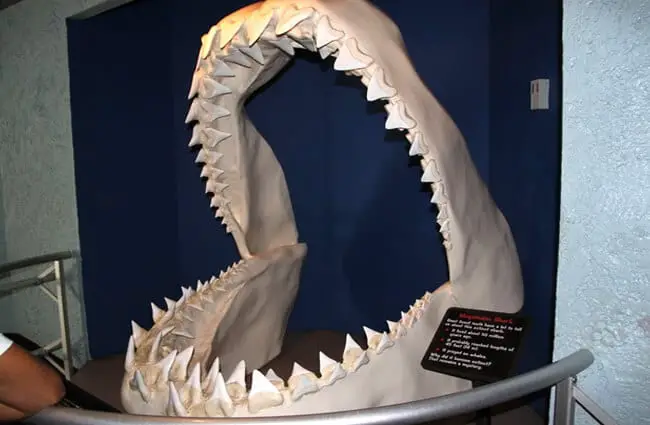
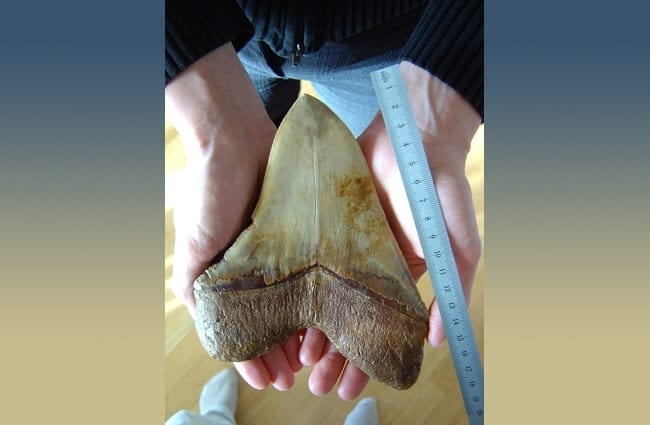


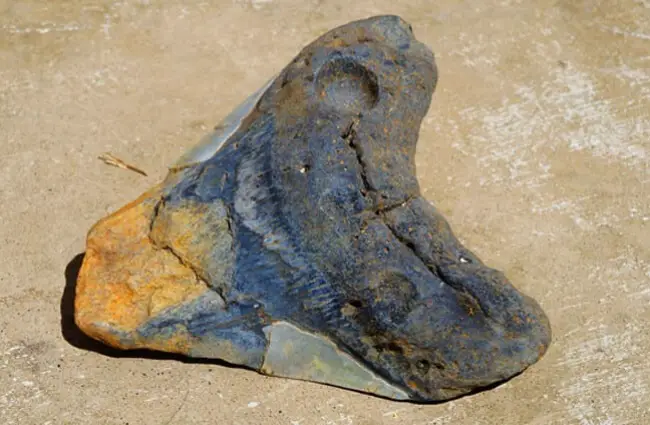
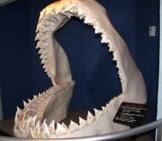
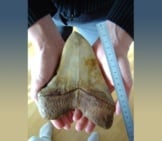



![Red Angus Closeup of a beautiful Red Angus cowPhoto by: U.S. Department of Agriculture [pubic domain]https://creativecommons.org/licenses/by/2.0/](https://animals.net/wp-content/uploads/2020/03/Red-Angus-4-238x178.jpg)


![Red Angus Closeup of a beautiful Red Angus cowPhoto by: U.S. Department of Agriculture [pubic domain]https://creativecommons.org/licenses/by/2.0/](https://animals.net/wp-content/uploads/2020/03/Red-Angus-4-100x75.jpg)

